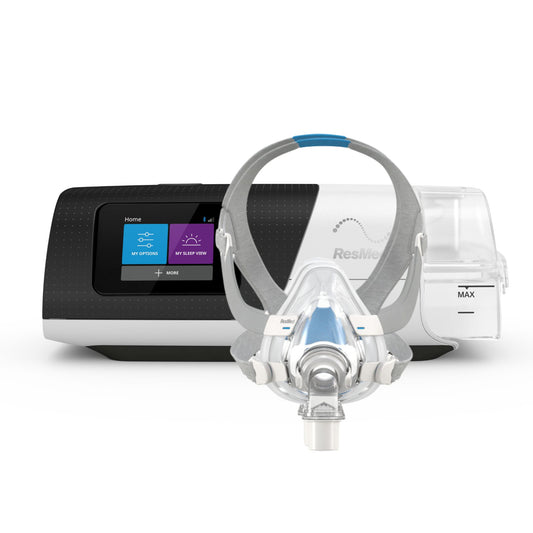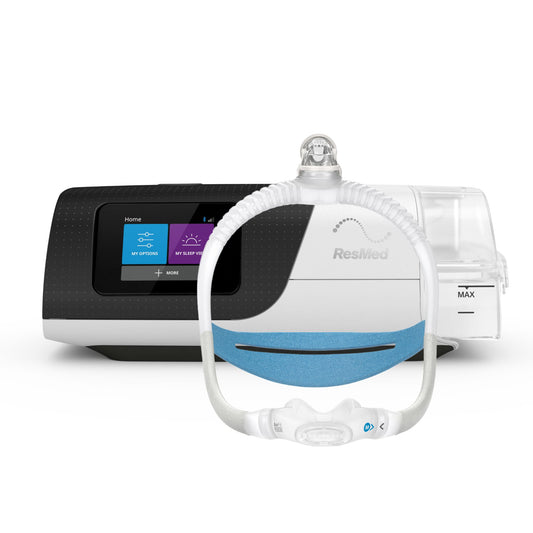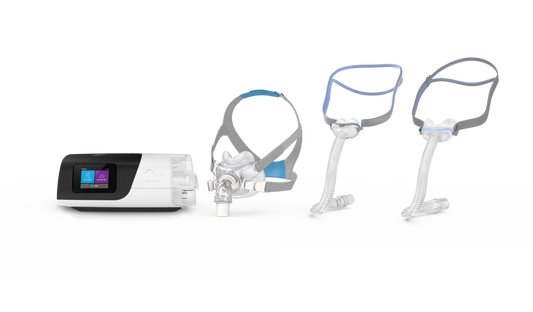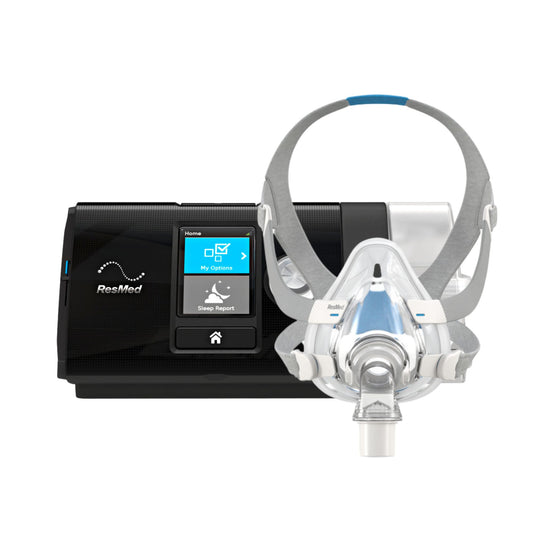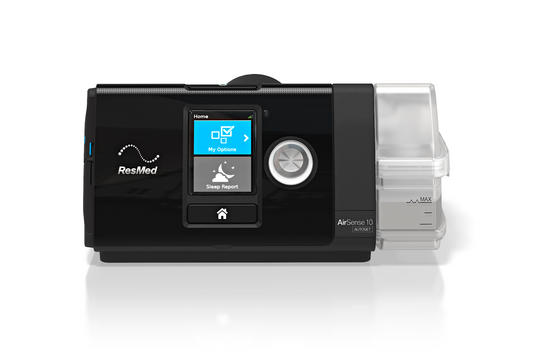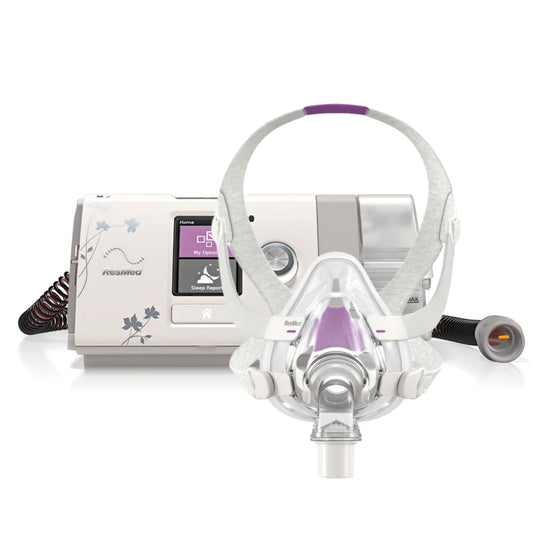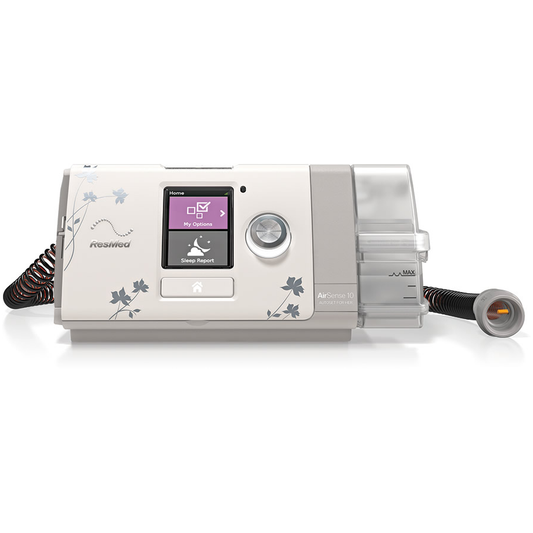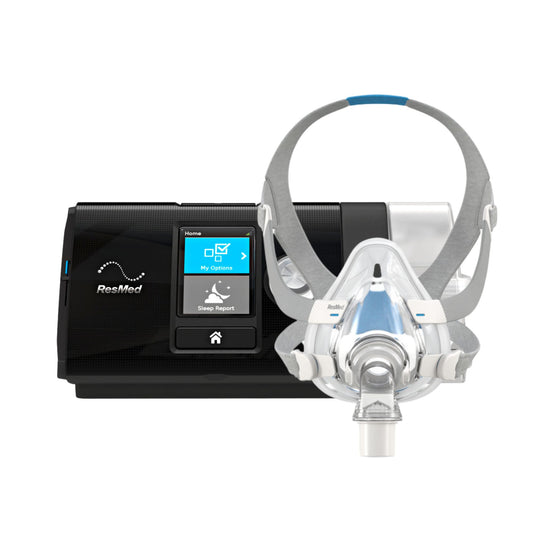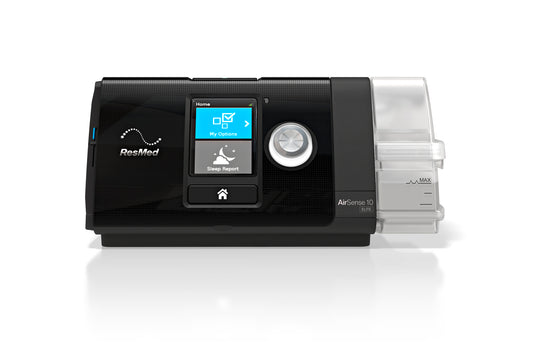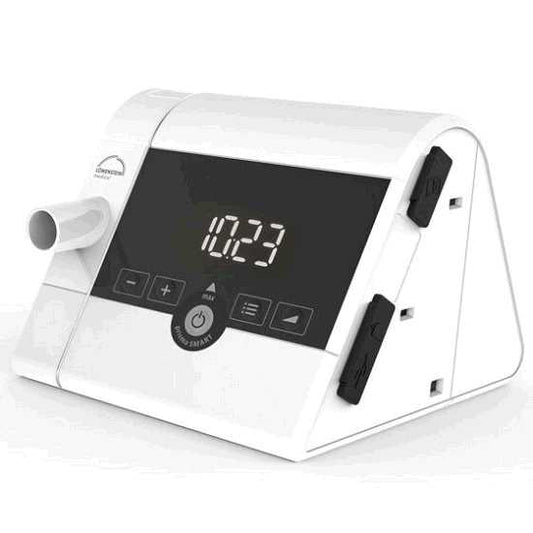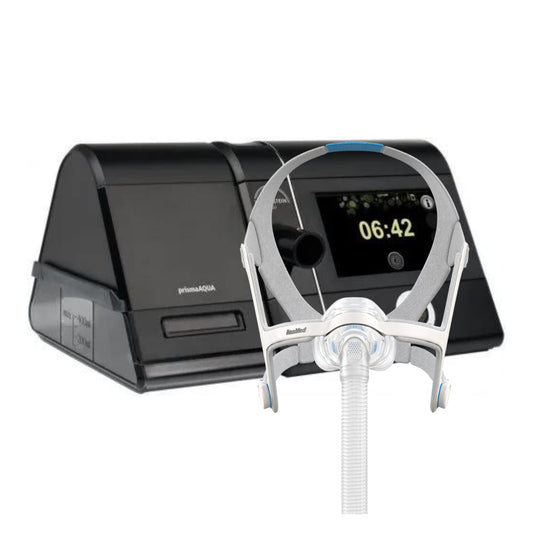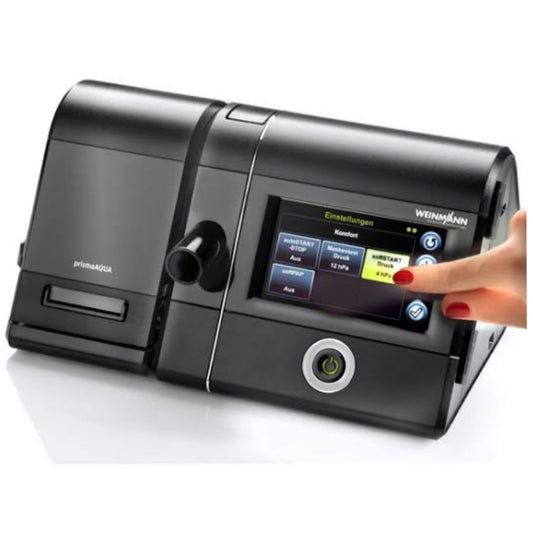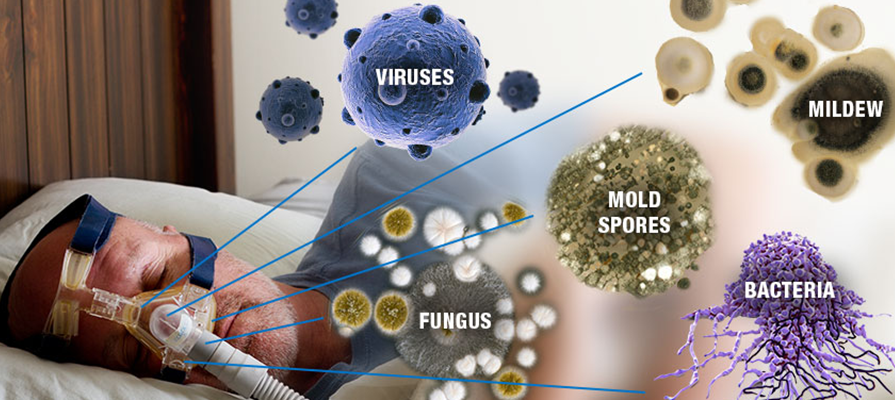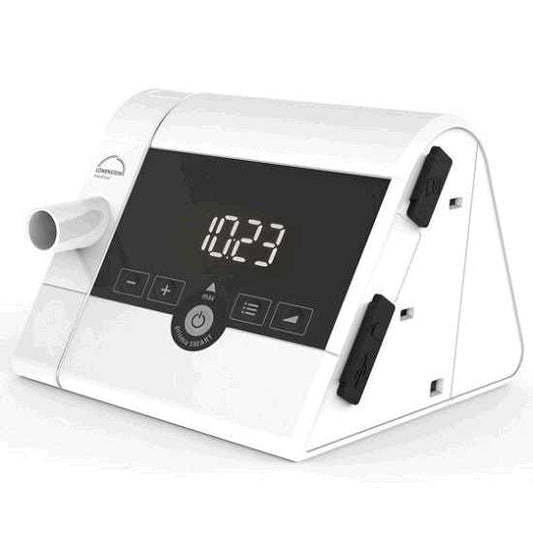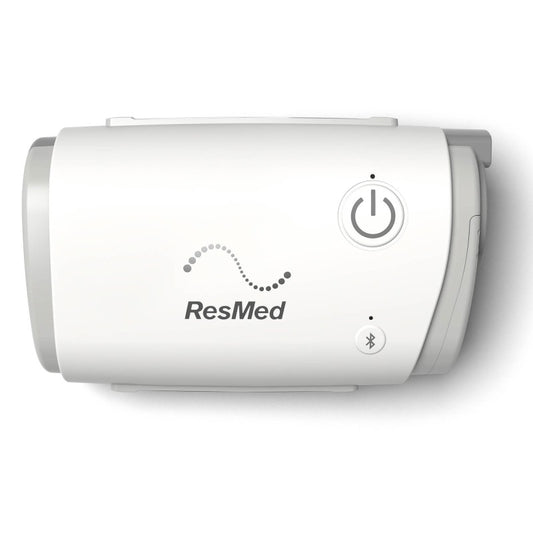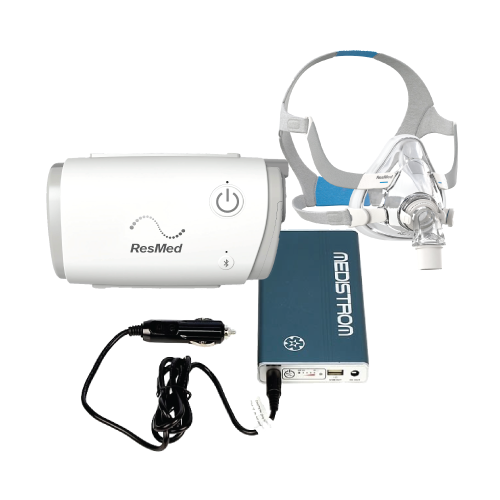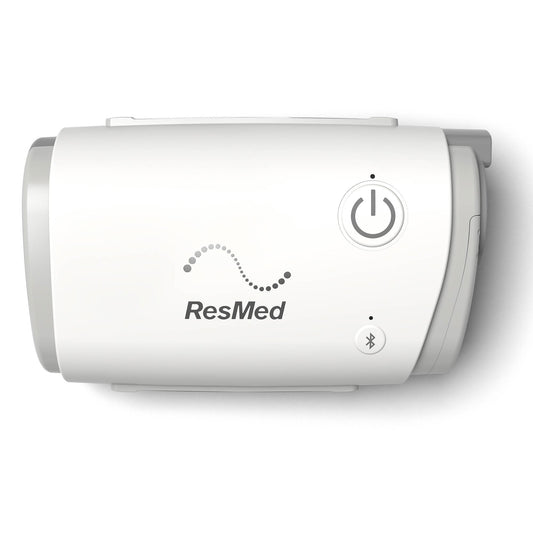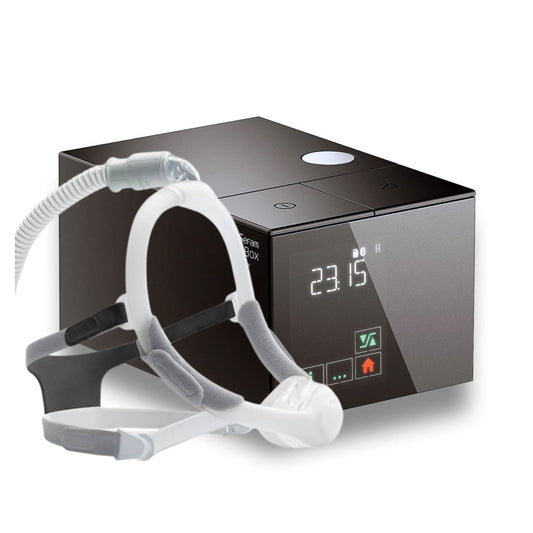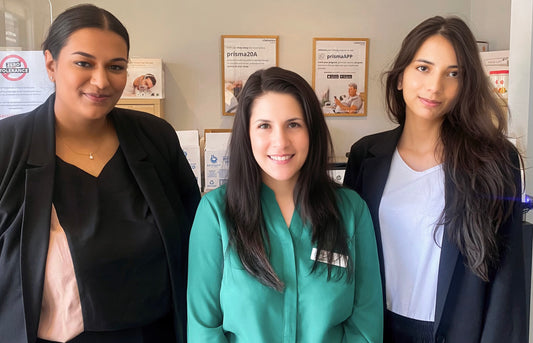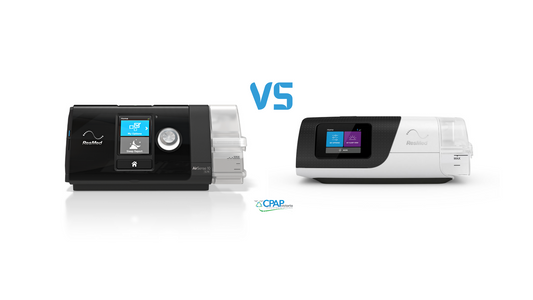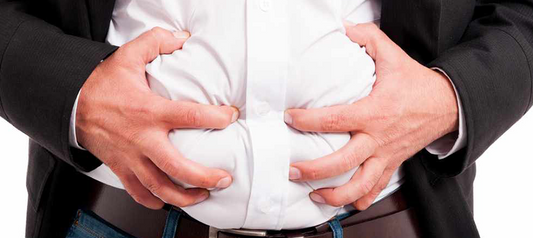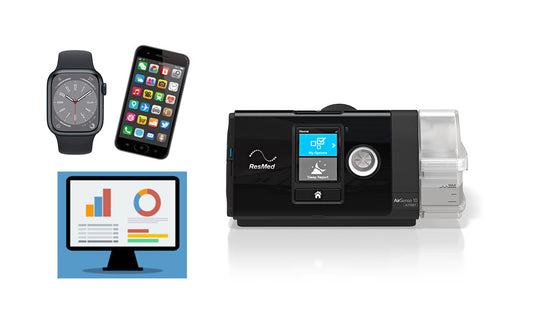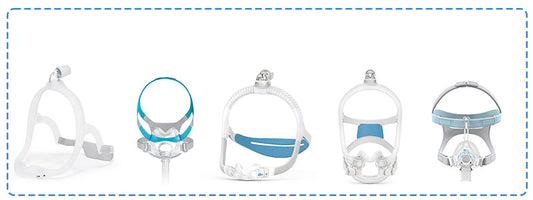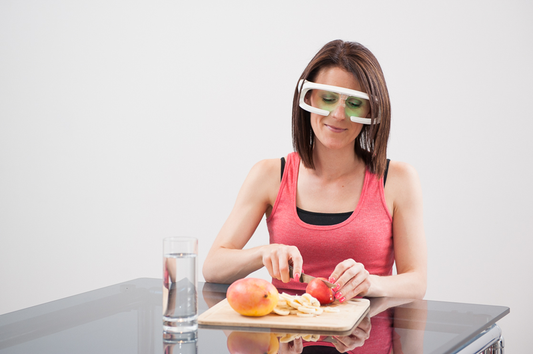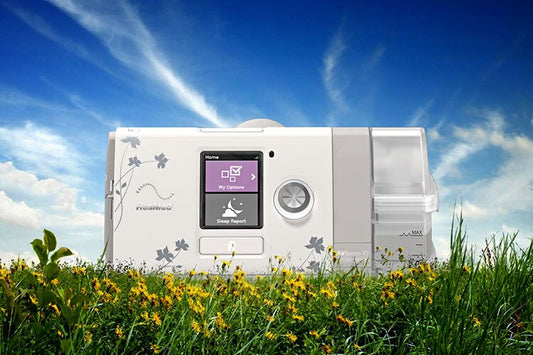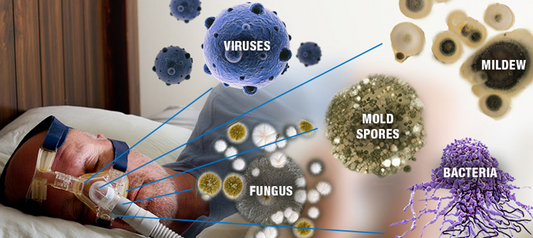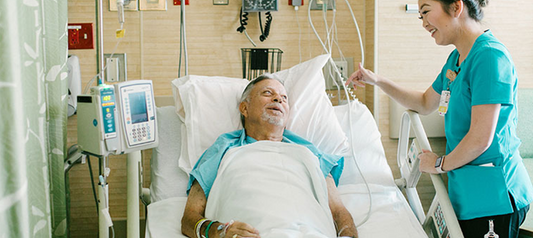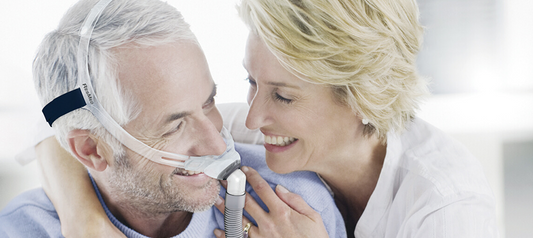A continuous positive airway pressure (CPAP) therapy is the most effective way to treat sleep disorders such as obstructive sleep apnoea. One of the initial issues with the use of a CPAP machine is the risk of developing infections when using the mask. Is this a real concern?
Possibility of Bacteria Growth
A new CPAP machine and all its components come out of the package sterilized. All metal and plastic parts are initially free from harmful bacteria that may cause upper respiratory infection. However, when the machine is put into use, bacteria from the user will remain in the mask and tubing. The user will be at a very low risk of developing a new infection if he’s the only one using the machine. However, if at least two persons use one CPAP machine, the risk of acquiring harmful bacteria or virus from the other user is higher.
Reports by doctors found in scientific journals about CPAP machines indicate that there is zero incidence of acquired upper respiratory infection due to CPAP machine usage. However, an actual study or research regarding the CPAP therapy and the risk of developing respiratory infection is yet to be initiated. In connection, there are reported cases of eye irritation and ulceration due to possible air leak when using CPAP mask.
A recent research also pointed out that regular use of CPAP machine reduces inflammation and the risk of developing nasal passage infection.
Possibility of Mold Growth
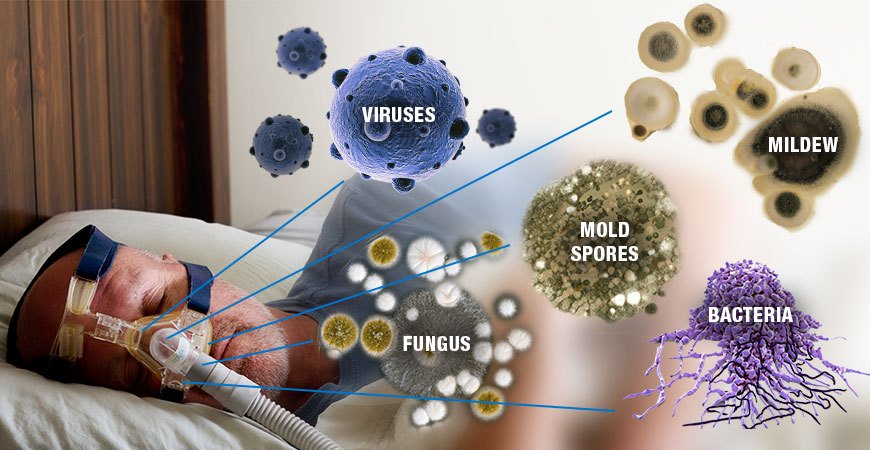
CPAP machines include features such as heated tubing for moist and warm air that help decrease the incidence of dry mouth and nose for users. Heated tubing may actually deter the risk of infection and improve the user’s tolerance to CPAP therapy. However, the warm and humid environ of the heated tubing is perfect for fungal, mold and yeast growth.
Hazardous organisms in the CPAP machine tubing could be blown directly to the user’s lungs. This could lead to airway and lung irritation, which may subsequently develop to pneumonitis, bronchitis, and pneumonia.
The growth of dangerous organisms in the CPAP tubing may be prevented with proper cleaning, and the use of a humidifier.
Proper CPAP Care
Bacteria and mold growth are highly preventable. All one has to do is clean and maintain his CPAP machine. This way the risk of developing bacterial, viral and fungal infection is greatly minimized.

The first step is to make sure the CPAP machine and its parts are cleaned daily, or after each use, with dish soap and hot water. In some cases, depending on the environment and usage, a weekly cleaning will suffice.
If the user has cold, cough or flu, thoroughly cleaning the device, tubing and mask with soap and hot water is a must. Basic hygienic practices will also help eliminate bad odor from developing.
Thoroughly drying the machine and its parts after cleaning is a must-do. Water or moisture in the equipment must be wiped dry after each use. It is best to use heated tubing and humidifier to decrease condensation.
Replace machine parts based on the recommendation of the manufacturer. Clean filters will surely reduce the spread of possible virus or bacteria within the device. Mask cushions and filters should be changed every two months, while masks should be changed every three months.
It is best to use distilled or purified water for the humidifier if local water supply is not 100% safe.
Sharing of CPAP masks is not tolerated as this could spread possible infection.
Do not buy used CPAP machine and parts more so tubing and mask.
Call us at CPAP Victoria for consult on CPAP therapy, and available products.
